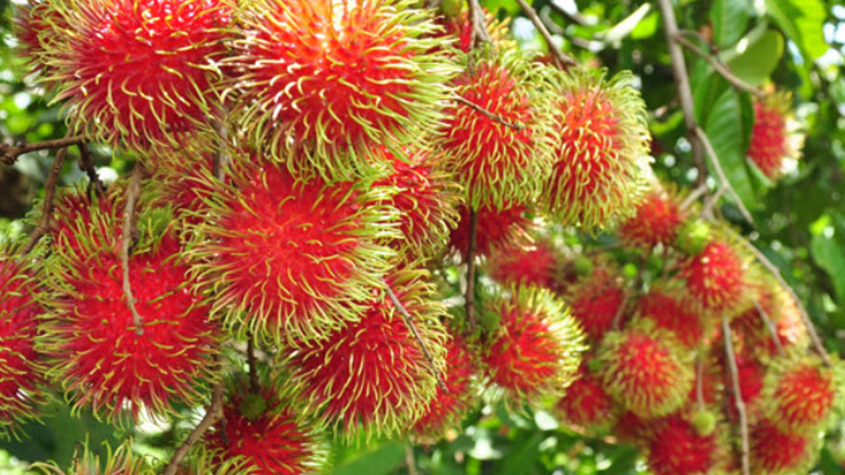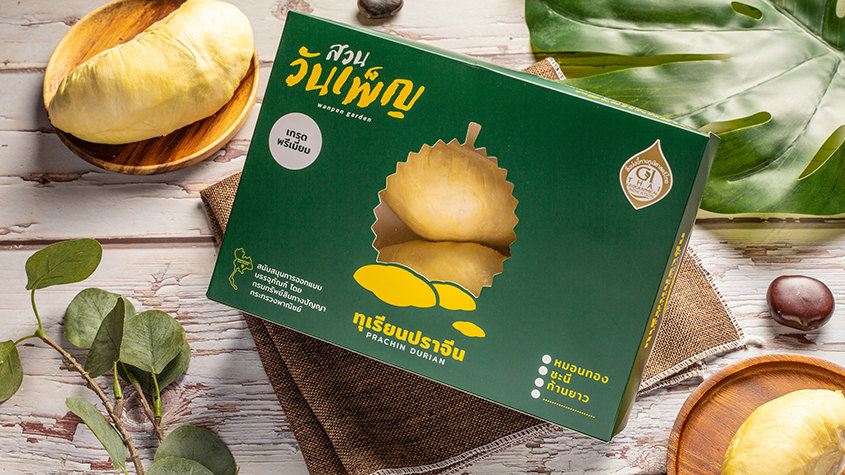Ancestral Weaving Process Gives Bangladesh’s Rangpur Carpets Distinctive Qualities
Shataranji is a traditional hand-woven carpet of the Rangpur region whose origins are believed to go back several centuries. Once prized by kings and emperors, “Rangpur Shataranji” carpets are now a popularly exported handicraft of Bangladesh and are registered as a geographical indication. Weavers are counting on this registration to expand their trade, get rid of intermediaries, and launch on the export market.

Mostly traditionally a women’s trade, Shataranji carpets are also woven by men.
Mrs. Tahura Begum is a renowned women weaver of "Rangpur Shataranji" carpets. Her products are very popular among customers for their quality and uniqueness. She owns a small enterprise called Charushi Shataranji & Craft Bd in Rangpur. She is a member of the Rangpur Women Chamber Association and a registered member of Bangladesh Small and Cottage Industries Corporation (BCIC).
Born in Rangpur, Mrs. Begum has two children and her husband Mr. Masudur Rahman is working with her as Managing Director of the company. Mrs. Begum started her business in 2006, with a factory and five experienced workers who had learned the unique weaving process of “Rangpur Shataranji” carpets from their ancestors. A successful businesswoman, she now has four factories and employs over 100 permanent and 50 temporary weavers.

Mr. Zakiruzzaman is a “Rangpur Shataranji” weaver also renowned for the quality of his products. He owns a micro-enterprise, Talha Shataranji Craft, in Rangpur. Born in the Rangpur region, he originally studied agriculture in Dhaka, Bangladesh’s capital. When he returned home, he realized that many people in his area were weaving Shataranji carpets. In 2018, he started his own business with his wife and named it after his son Talha. Although weaving was not a native craft for Mr. Zakiruzzaman, he attended a training center for Shataranji weavers, set up by the government-owned Bangladesh Small and Cottage Industries Corporation that owns the GI, where expert weavers teach the ancestral weaving techniques to candidate weavers.
Shataranji Traditional Weaving Process
Shataranji is a handloom industry. The main raw material for weaving is cotton yarn, jute yarn, wool, and some other types of fibers, some coming from textile residue. Fibers are dyed and then dried by weavers on bamboo frames before being weaved on a loom. The weaving process that is passed from generation to generation, gives a unique strength to “Rangpur Shataranji”, while the water found in the Rangpur region and used to wash and rinse fibers provides a distinctive shine to the fibers and the products. The minimum size of a “Rangpur Shataranji” is 30 x 20 inches, and its maximum size is 30 x 20 feet. It comes in a variety of shapes and has versatile uses, such as carpets, tabletops, or artistic home decoration items.

Another characteristic of “Rangpur Shataranji” carpets is that their patterns are similar on each side of the carpet.
Both Mrs. Tahura Begum and Mr. Zakiruzzaman produce "Rangpur Shataranji" carpets in different sizes depending on their use. They both accommodate custom-size and design requests from customers.
A 6 x 9-foot carpet requires two workers to work for two full days, while a 1.5 x 3-foot carpet requires one weaver to work for 3 hours, according to Mr. Zakiruzzaman. If the designs are more intricate, weavers will need more time.
Small-scale Rangpur Shataranji Weavers and Companies Hit by Covid-19
Most of the “Rangpur Shataranji” producers are very small-scale. Talha Shataranji Craft employs 18 weavers. The Covid-19 crisis took a toll on the local industry, leading to the disappearance of almost 30 percent of “Rangpur Shataranji” weaving companies, mostly SMEs or MSMEs. Mr. Zakiruzzaman estimates that there are now 50 weaving companies and 50 unregistered weavers working from home.
Mrs. Begum also suffered from Covid-19 and the Russia-Ukraine war, with sales dropping, and prices of Shataranji yarn and other raw materials rising sharply, leading to a drop in her profit margin, and a decrease in the number of employees.
Shataranji’s Geographical Indication Status Set Producers for Export
Mrs. Begum markets her product through Facebook as well as through showrooms, business centers, online markets, and intermediaries, while Mr. Zakiruzzaman sells at his production site and one showroom in Rangpur.
Both are counting on the 2021 registration of the geographical indication to increase sales and cut out intermediaries. Both said as many as two or three intermediaries can stand between them and the market, increasing the selling price. Mrs. Begum is also counting on her recently applied trademark to increase customer awareness.
Branding efforts for Rangpur Shataranji Weavers

WIPO is working in collaboration with the Korean Invention Promotion Association on branding, packaging, and design for the “Rangpur Shataranji”. One logo has, for example, been developed. Awareness-raising activities are conducted with a special focus on SMEs and the importance of IP as a business tool.
Both entrepreneurs were beneficiaries of the WIPO EIE Branding Assistance Initiative. Mrs. Begum said she expects to get more benefits not only by cutting out middlemen but also by using the GI logo, and the brand name and packaging developed with the assistance of WIPO to sell her products on the international market.
Mr. Zakiruzzaman feels that he will capitalize better on his products with a trademark and a branding strategy as some buyers apply their logo and brand on his carpets and bump the resale price with no financial benefits for his company.
Expanding Shataranji Weaving Manufacturing Operations
After building a reputation for reliability and quality, Mr. Zakiruzzaman plans to open a second showroom and intends to use a piece of land that he owns to expand his weaving manufacturing. He foresees hiring additional weavers and increasing production to sell on the local and international markets without intermediaries. His goal is to expand to 500 weavers in the years to come.
The biggest “Rangpur Shataranji” weaving companies employ several thousand people.
Mrs. Begum is expecting that WIPO branding support and training will help her gain export opportunities, which will allow her to create employment for thousands of women in her industry.


